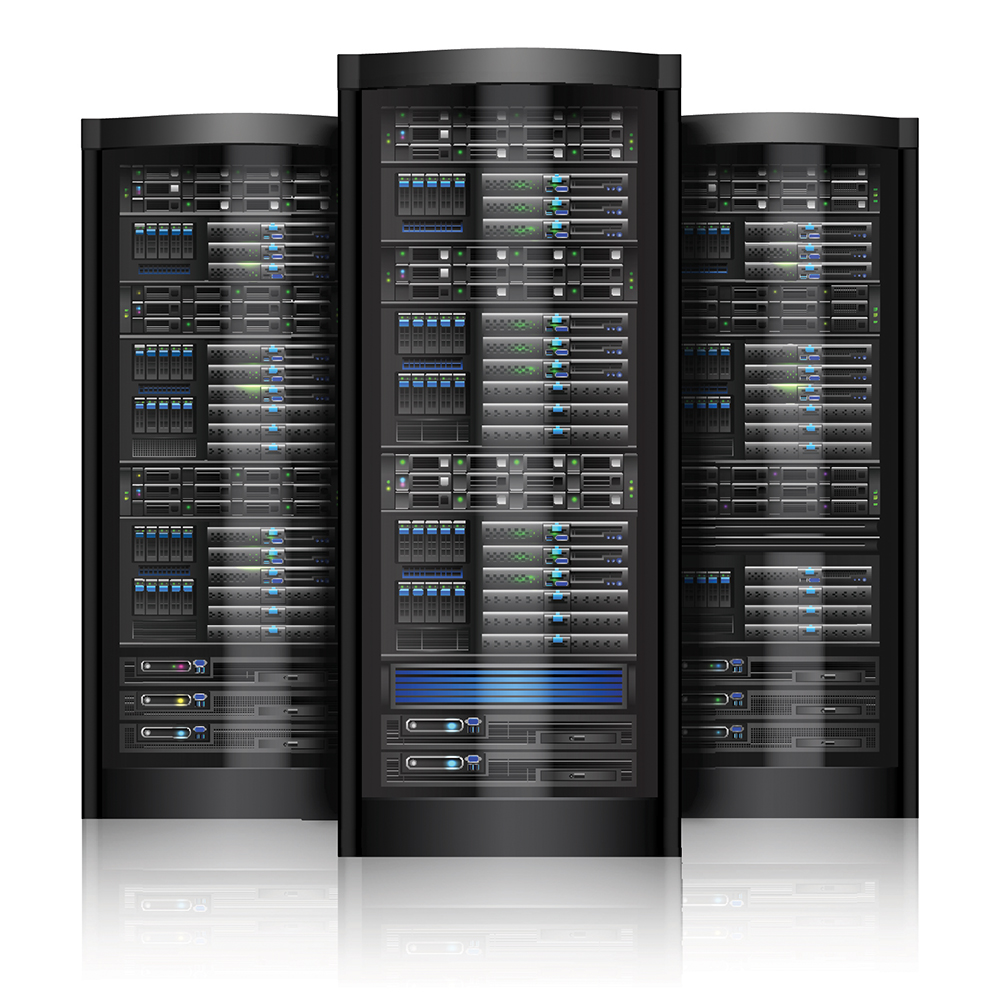With new IT services constantly emerging and the subsequent demand for hosting them, the level of investment in new data centres has surged in recent years.
With new IT services constantly emerging and the subsequent demand for hosting them, the level of investment in new data centres has surged in recent years. Datacentre services are often mission critical to a business’ operations, and the costs associated with any outage are significant. Power supply resiliency and quality are of critical importance to ensure these facilities remain online, and are a key focus for datacentre managers, operators and designers.
A large number of hyper scale data centres are currently being constructed and commissioned in New Zealand. We foresee investment to continue through into 2023 to satisfy growth and expansion, though the impact of global supply chain constraints in both materials and freight will continue to be a challenge to bringing more data centres on-line.
Another challenge is the scarcity of suitably qualified and experienced local labour to deliver, operate and maintain the next generation of datacentres. It would be prudent for data centre operators to re-evaluate their support infrastructure.
Technical expertise, local engineering expertise, and commissioning capabilities are critical to ensure not only a robust and efficient design, but one that can be delivered within the required timeframe.
Ensuring Uptime
The drive to a green grid is momentous with universal de-carbonisation as the main goal. Whilst essential to protect our planet’s future, these efforts may lead to short to medium term issues with grid stability, due to the volatile nature of renewable generation, and increase in load as industries de-carbonise.
Many decades of innovation, investment and management in the associated technologies have seen critical IT systems, networks and data centres become far more reliable than they once were.
Consequently, we see that power quality solutions like Uninterruptible Power Supply (UPS) systems and energy storage solutions will have a vital role in protecting critical infrastructure during the transition to a greener grid.
The Uptime Institute’s 2021 outage analysis into the causes and impacts of data centre outages found that 69% of owners and operators had experienced some sort of outage in the last 3 years, reinforcing the belief that outages remain common and justify investment in risk mitigation.
It does appear that the main causes of outages are changing as the technology, infrastructure and management approaches evolve. Power issues or interruptions were cited as the primary cause of facility outages (43%) followed by IT & software related network issues and finally, cooling.
The common causes of the power outage were due to failure of UPS systems, power distribution, transfer switches and generators. This makes sense given this equipment is designed as the last line of defence against power loss.
UPS problems are more likely with age and lack of maintenance. Operators of data centres without trusted concurrent maintainability designs (the ability to bypass any item of equipment for maintenance without interrupting overall service) can be more likely to postpone maintenance or lifecycle replacement.
Risk Mitigation
Cybersecurity software and services is essential to network protection is. Critical infrastructure is continuously integrated in digital platforms for enhanced efficiency, and reliable protection is paramount.
Customers will need to mitigate risks through implementing correct cybersecurity standards and protocols to safeguard systems.
The Uptime Institute’s 2021 data centre resiliency survey reports that 42% of respondents had experienced an outage in the last three years due to human error, a common factor in many outages that could be mitigated by good system design and process documentation.
The number of outages is only one metric, and not the one many managers will worry about most. A bigger concern is the possible impact of outages for their type of operation, which have increased due to growth in the deployment of critical IT systems and processes.
Systems that were not necessarily designed to be mission-critical have become so, as reliance on them has increased over time. In short, society depends on digital infrastructure and any failure of the infrastructure is increasingly visible though news and social media reporting. The increase of remote working in response to the pandemic has further strained IT infrastructure.
Prevention of outages is a constant challenge that requires attention, investment, and analysis on several fronts. The Uptime Institute’s research does point to one simple and actionable finding: Human error, which lies at the root of many outages, is often the result of failure to introduce adequate processes and ensure they are followed.
Engaging expert vendors and service providers will assist data centre managers to minimise the risk of human error as well as pay dividends far into the future through application-tailored system design and a solid maintenance strategy.
Sourced from UPS Power Solutions newsletter Uninterrupted at https://www.upspower.co.nz/blog/112-datacentres-looking-to-the-future
















